Home>Home Appliances>Kitchen Appliances>How To Clean A Glass-Top Stove With Vinegar And Baking Soda
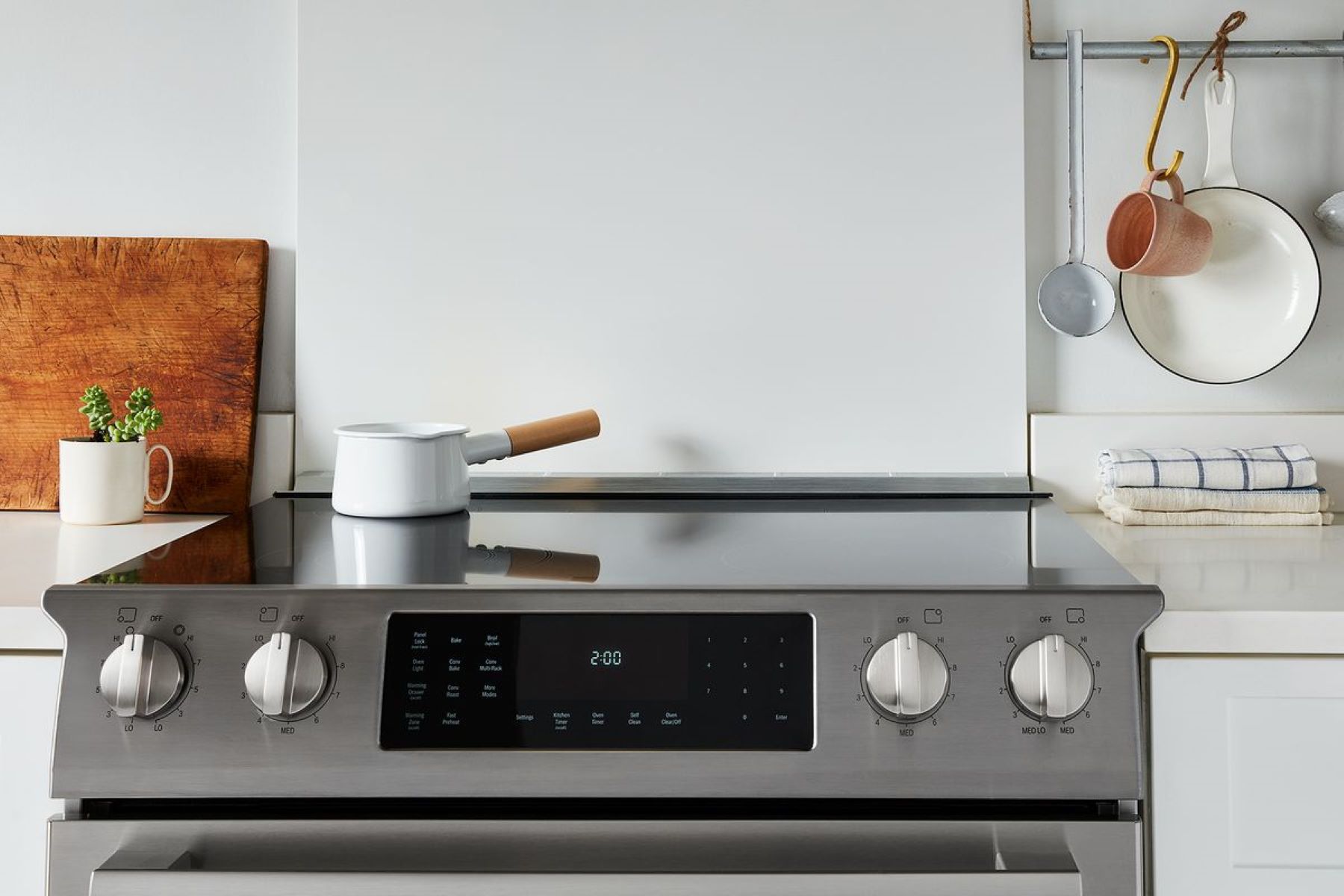

Kitchen Appliances
How To Clean A Glass-Top Stove With Vinegar And Baking Soda
Modified: August 28, 2024
Learn how to effectively clean your kitchen appliances with vinegar and baking soda. Keep your glass-top stove looking spotless and shiny with these simple tips.
(Many of the links in this article redirect to a specific reviewed product. Your purchase of these products through affiliate links helps to generate commission for Storables.com, at no extra cost. Learn more)
Introduction
Cleaning a glass-top stove can be a daunting task, especially when faced with stubborn stains and grease buildup. However, with the right approach and a few simple ingredients, you can restore the sparkling shine of your stove without the need for harsh chemicals or expensive cleaning products. One of the most effective and eco-friendly methods for cleaning a glass-top stove involves using vinegar and baking soda. These common household items are not only affordable but also gentle on the surface of the stove, making them an ideal choice for maintaining its pristine appearance.
In this comprehensive guide, we will explore the step-by-step process of cleaning a glass-top stove with vinegar and baking soda, highlighting the benefits of this natural cleaning method and providing valuable tips for achieving optimal results. Whether you're dealing with greasy spills, burnt-on food residue, or general grime, this approach offers a safe and efficient solution for restoring the luster of your glass-top stove. So, roll up your sleeves and get ready to transform your kitchen appliance with the power of vinegar and baking soda!
Key Takeaways:
- Easily clean your glass-top stove with vinegar and baking soda for a sparkling shine. This eco-friendly and cost-effective method is gentle on the surface and versatile for multi-purpose cleaning.
- Prepare your glass-top stove by cooling down, clearing the surface, inspecting for residue, and gathering cleaning supplies. Then, follow the step-by-step process using vinegar and baking soda for optimal results.
Benefits of Using Vinegar and Baking Soda
Using vinegar and baking soda to clean a glass-top stove offers a multitude of benefits that make this natural cleaning method a preferred choice for many homeowners. Here are some of the key advantages of harnessing the power of these common household ingredients:
-
Gentle Yet Effective Cleaning: Vinegar and baking soda are gentle yet powerful cleaning agents that can effectively tackle tough stains and grease without causing damage to the delicate surface of a glass-top stove. Unlike abrasive chemical cleaners, vinegar and baking soda provide a non-toxic and non-abrasive cleaning solution that is safe for regular use.
-
Eco-Friendly: Opting for vinegar and baking soda as cleaning agents aligns with eco-friendly practices. These natural ingredients are biodegradable and do not introduce harmful chemicals into the environment, making them a sustainable choice for conscientious homeowners who prioritize green living.
-
Cost-Effective: Vinegar and baking soda are readily available in most households and are incredibly affordable compared to commercial cleaning products. By utilizing these everyday items, you can achieve a sparkling clean glass-top stove without the need to invest in expensive specialized cleaners.
-
Versatile Cleaning Properties: Vinegar and baking soda possess versatile cleaning properties that extend beyond removing stains from a glass-top stove. They can also be used to clean other kitchen surfaces, deodorize the refrigerator, and even unclog drains, making them valuable multi-purpose cleaning agents.
-
Odor Neutralization: Vinegar is renowned for its ability to neutralize odors, making it an excellent choice for eliminating any lingering cooking smells from the stove. When combined with baking soda, it creates a natural deodorizing effect that leaves the kitchen smelling fresh and clean.
-
Prevention of Scratches: Unlike harsh scrubbing pads and abrasive cleaners, vinegar and baking soda help prevent scratches on the glass surface of the stove. This gentle cleaning approach ensures that the stove maintains its sleek appearance without the risk of unsightly scratches or damage.
By harnessing the benefits of vinegar and baking soda, you can achieve a spotless and gleaming glass-top stove while promoting a healthier, eco-friendly, and cost-effective approach to household cleaning.
Preparing the Glass-Top Stove
Before diving into the cleaning process, it's essential to prepare the glass-top stove to ensure optimal results. Preparing the stove involves a few simple yet crucial steps that set the stage for effective cleaning with vinegar and baking soda.
-
Cooling Down: Before initiating the cleaning process, it's imperative to ensure that the glass-top stove has completely cooled down. This precautionary measure prevents the risk of burns and ensures a safe environment for cleaning. Waiting for the stove to cool also allows any hardened spills or stains to solidify, making them easier to remove during the cleaning process.
-
Clearing the Surface: Clearing the surface of the stove from any loose debris, crumbs, or food particles is the next step in preparation. Using a soft, dry cloth or a gentle brush, carefully remove any loose debris from the surface of the stove. This initial cleaning step prevents loose particles from interfering with the effectiveness of the vinegar and baking soda cleaning solution.
-
Inspecting for Residue: It's important to inspect the glass surface for any residual substances such as grease, food residue, or spills that may require pre-treatment. Identifying areas with stubborn stains or buildup allows for targeted pre-treatment before applying the vinegar and baking soda solution.
-
Gathering Cleaning Supplies: As part of the preparation process, gather the necessary cleaning supplies, including white vinegar, baking soda, a spray bottle, soft cleaning cloths, and a non-abrasive sponge. Having all the required items within reach streamlines the cleaning process and ensures a seamless transition from preparation to cleaning.
By meticulously preparing the glass-top stove, you set the stage for a successful cleaning process with vinegar and baking soda. These preparatory steps create an optimal environment for the natural cleaning solution to work its magic, resulting in a gleaming and spotless glass-top stove that enhances the overall aesthetic of your kitchen.
Cleaning the Glass-Top Stove with Vinegar and Baking Soda
Once the glass-top stove is adequately prepared, it's time to embark on the transformative cleaning process using the dynamic duo of vinegar and baking soda. This natural cleaning method harnesses the powerful yet gentle properties of these household ingredients to effectively remove stains, grease, and grime from the surface of the stove.
To initiate the cleaning process, begin by applying white vinegar to the glass surface of the stove. Fill a spray bottle with undiluted white vinegar and generously mist the entire surface. Vinegar's acidic nature works to break down stubborn stains and grease, making it an effective initial step in the cleaning process. Allow the vinegar to sit on the surface for a few minutes to penetrate and loosen the buildup.
Following the application of vinegar, it's time to introduce the second key player in this cleaning duo: baking soda. Sprinkle a generous amount of baking soda over the dampened surface of the stove. The combination of vinegar and baking soda creates a natural foaming action that helps to lift and dislodge tough stains and residue. As the baking soda begins to react with the vinegar, you'll notice a gentle bubbling effect, indicating that the cleaning process is in full swing.
With the vinegar and baking soda in place, it's time to put the gentle abrasive power of baking soda to work. Using a non-abrasive sponge or soft cleaning cloth, gently scrub the surface of the stove in circular motions, focusing on areas with stubborn stains or residue. The mild abrasive action of the baking soda, combined with the cleaning properties of vinegar, effectively lifts and removes grime without scratching or damaging the glass surface.
As you continue to gently scrub the stove, you'll notice the natural cleaning solution working its magic, gradually revealing the pristine surface beneath the buildup. For particularly stubborn stains or greasy spots, applying a bit of extra baking soda and gently increasing the pressure while scrubbing can help tackle these trouble areas effectively.
Once the surface has been thoroughly scrubbed, allow the vinegar and baking soda solution to remain on the stove for a few more minutes. This additional dwell time allows the natural cleaning agents to further penetrate and loosen any remaining residue, ensuring a comprehensive cleaning process.
After the dwell time, dampen a clean cloth with warm water and use it to wipe away the vinegar and baking soda residue from the surface of the stove. As you wipe, you'll notice the satisfying removal of stains and grime, unveiling the sparkling clean glass surface underneath.
The result of this natural cleaning process is a rejuvenated glass-top stove that boasts a pristine appearance, free from the remnants of stubborn stains and grease. The gentle yet effective combination of vinegar and baking soda has worked its magic, leaving behind a gleaming stove that enhances the overall aesthetic of your kitchen.
By harnessing the power of vinegar and baking soda, you can achieve a spotless and gleaming glass-top stove while promoting a healthier, eco-friendly, and cost-effective approach to household cleaning.
Removing Stubborn Stains
Stubborn stains on a glass-top stove can be particularly challenging to remove, requiring targeted attention to effectively eliminate them. Whether it's burnt-on food residue, grease buildup, or tough stains that have resisted previous cleaning attempts, addressing these stubborn blemishes is essential for restoring the stove's pristine appearance.
To tackle stubborn stains, a focused approach using vinegar and baking soda can yield impressive results. Begin by identifying the areas of the stove that harbor the most stubborn stains or residue. These may include spots where food has been burnt onto the surface or areas with persistent grease buildup.
Once the trouble spots have been identified, apply a concentrated mixture of baking soda and white vinegar directly to the stubborn stains. Create a thick paste by combining baking soda with a small amount of vinegar, forming a consistency that adheres to the stained areas without running off.
With the paste in place, allow it to sit on the stubborn stains for an extended period, ideally for at least 15 to 20 minutes. This extended dwell time allows the potent combination of baking soda and vinegar to penetrate and loosen the stubborn residue, preparing it for effective removal.
After the dwell time has elapsed, use a non-abrasive sponge or soft cleaning cloth to gently scrub the stained areas. Employ circular motions and apply gentle pressure to dislodge the stubborn stains without scratching the glass surface. The mild abrasive nature of the baking soda paste, combined with the cleaning properties of vinegar, works in tandem to break down and lift the persistent residue.
For particularly stubborn stains that require additional attention, consider reapplying the baking soda and vinegar paste and allowing it to dwell for an extended period before resuming the gentle scrubbing process. This targeted approach ensures that even the most stubborn stains are effectively addressed, resulting in a thoroughly rejuvenated glass-top stove.
Once the stubborn stains have been successfully lifted, use a damp cloth to wipe away any remaining residue from the surface of the stove. As you wipe, you'll witness the satisfying removal of the once-persistent stains, revealing a spotless and gleaming glass surface.
By employing this focused method of using vinegar and baking soda to address stubborn stains, you can effectively restore the pristine appearance of your glass-top stove, ensuring that even the most persistent blemishes are no match for the natural cleaning power of these household ingredients.
Final Touches and Maintenance Tips
After completing the comprehensive cleaning process using vinegar and baking soda, it's time to add the final touches and implement maintenance tips to preserve the pristine condition of your glass-top stove. These concluding steps and ongoing maintenance practices ensure that your stove remains a shining centerpiece in your kitchen, free from the grip of stubborn stains and grime.
Polishing the Surface
To elevate the gleaming appearance of your glass-top stove, consider applying a small amount of glass cleaner to a soft, lint-free cloth. Gently polish the surface of the stove using circular motions, ensuring that any residual streaks or marks are effectively removed. This final polishing step adds an extra layer of luster to the stove, leaving it with a mirror-like finish that enhances the overall aesthetic of your kitchen.
Preventative Measures
To maintain the pristine condition of your glass-top stove, it's essential to implement preventative measures that minimize the accumulation of stains and residue. Utilize cookware with flat bottoms to prevent scratches on the glass surface, and promptly wipe up spills and splatters using a soft cloth to prevent them from hardening and becoming difficult to remove. Additionally, consider using protective covers or mats when placing hot pots and pans on the stove to prevent direct contact with the glass surface.
Regular Maintenance
Incorporating regular maintenance into your cleaning routine is crucial for preserving the cleanliness and appearance of your glass-top stove. Schedule periodic cleaning sessions using the vinegar and baking soda method to prevent the buildup of stubborn stains and grease. By addressing spills and residue in a timely manner, you can maintain the stove's pristine condition and minimize the effort required for thorough cleaning in the future.
Avoiding Harsh Cleaners
When maintaining your glass-top stove, it's important to avoid using harsh or abrasive cleaners that can damage the delicate surface. Opt for gentle cleaning solutions such as vinegar and baking soda, and refrain from using abrasive scrubbing pads or harsh chemicals that may cause scratches or diminish the luster of the glass surface.
Regular Inspections
Conduct regular inspections of your glass-top stove to identify any signs of wear, scratches, or damage. Addressing minor issues promptly can prevent them from escalating and ensure that your stove maintains its flawless appearance for years to come.
By incorporating these final touches and maintenance tips into your cleaning routine, you can uphold the pristine condition of your glass-top stove and enjoy a sparkling centerpiece in your kitchen. With the natural cleaning power of vinegar and baking soda and the implementation of proactive maintenance practices, your glass-top stove will continue to exude a radiant and inviting presence, elevating the overall ambiance of your culinary space.
Frequently Asked Questions about How To Clean A Glass-Top Stove With Vinegar And Baking Soda
Was this page helpful?
At Storables.com, we guarantee accurate and reliable information. Our content, validated by Expert Board Contributors, is crafted following stringent Editorial Policies. We're committed to providing you with well-researched, expert-backed insights for all your informational needs.
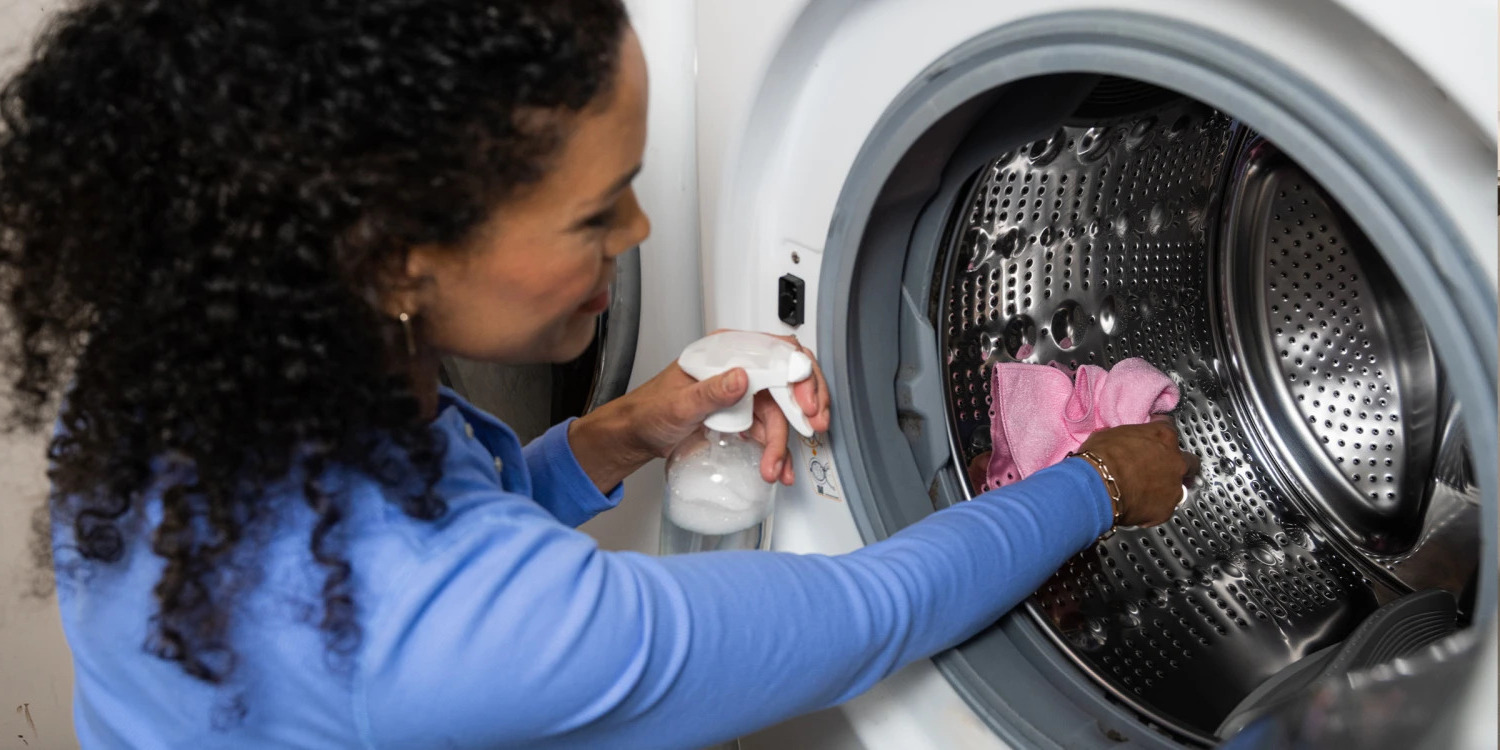
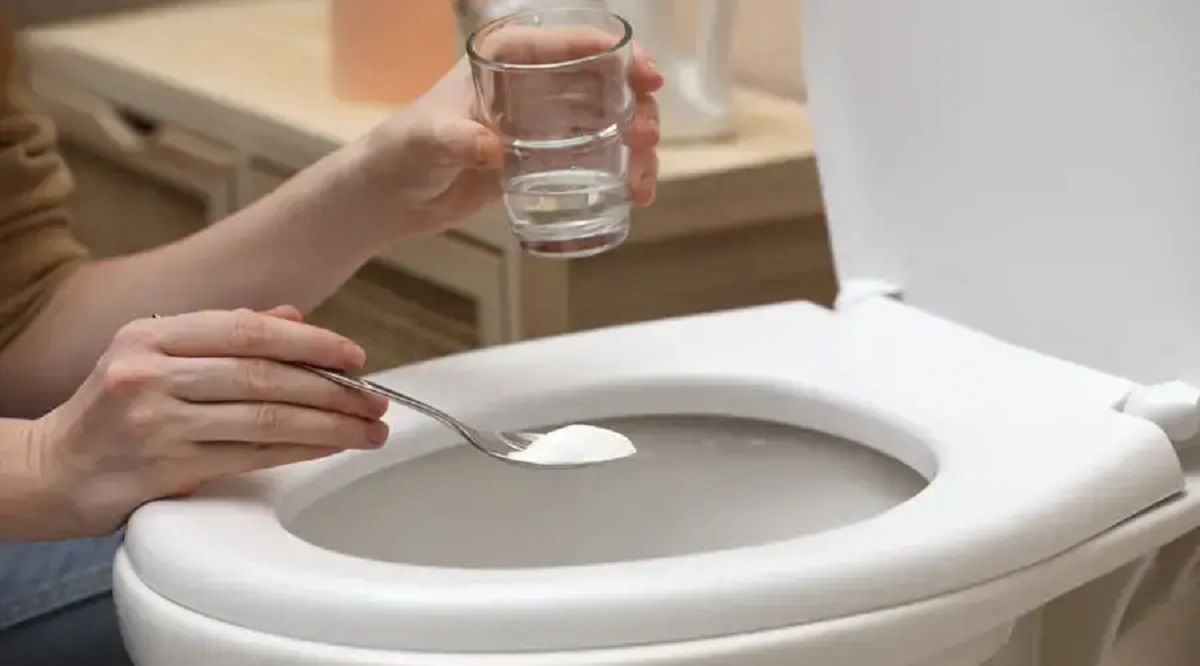
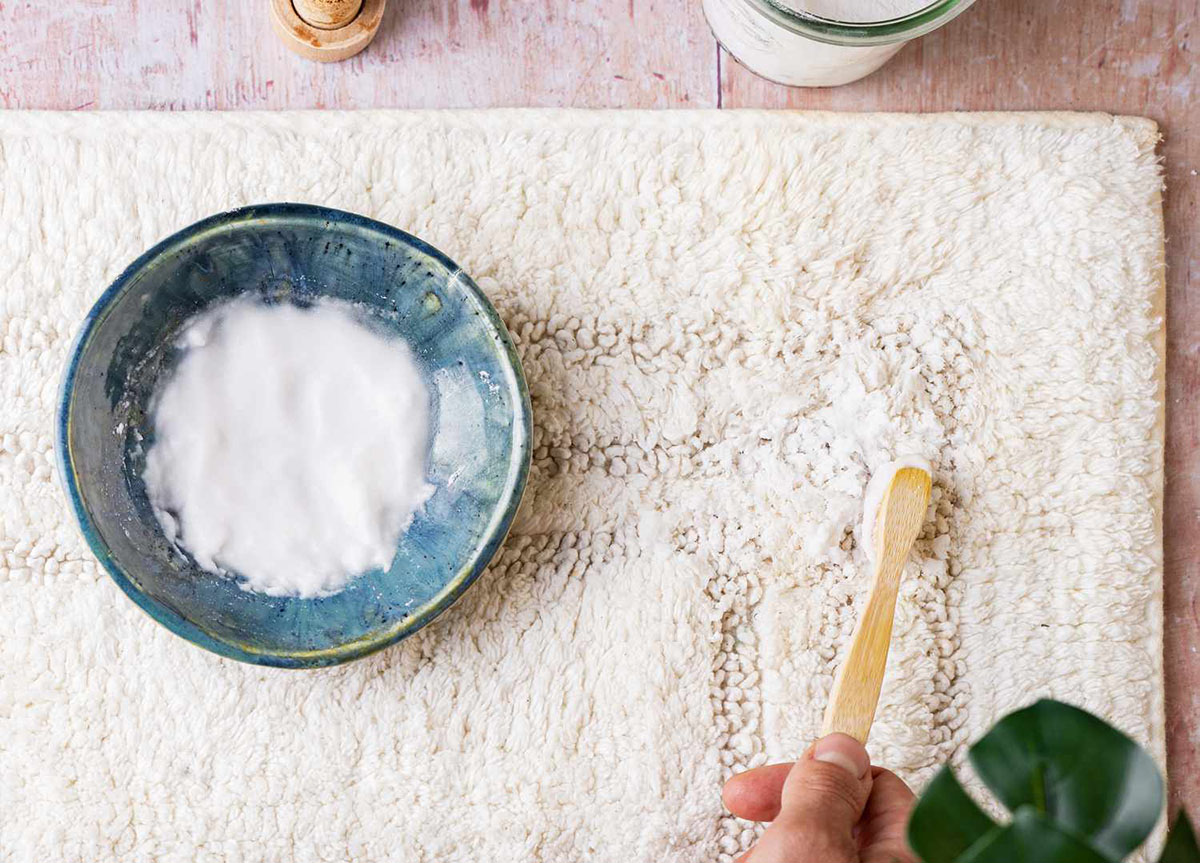
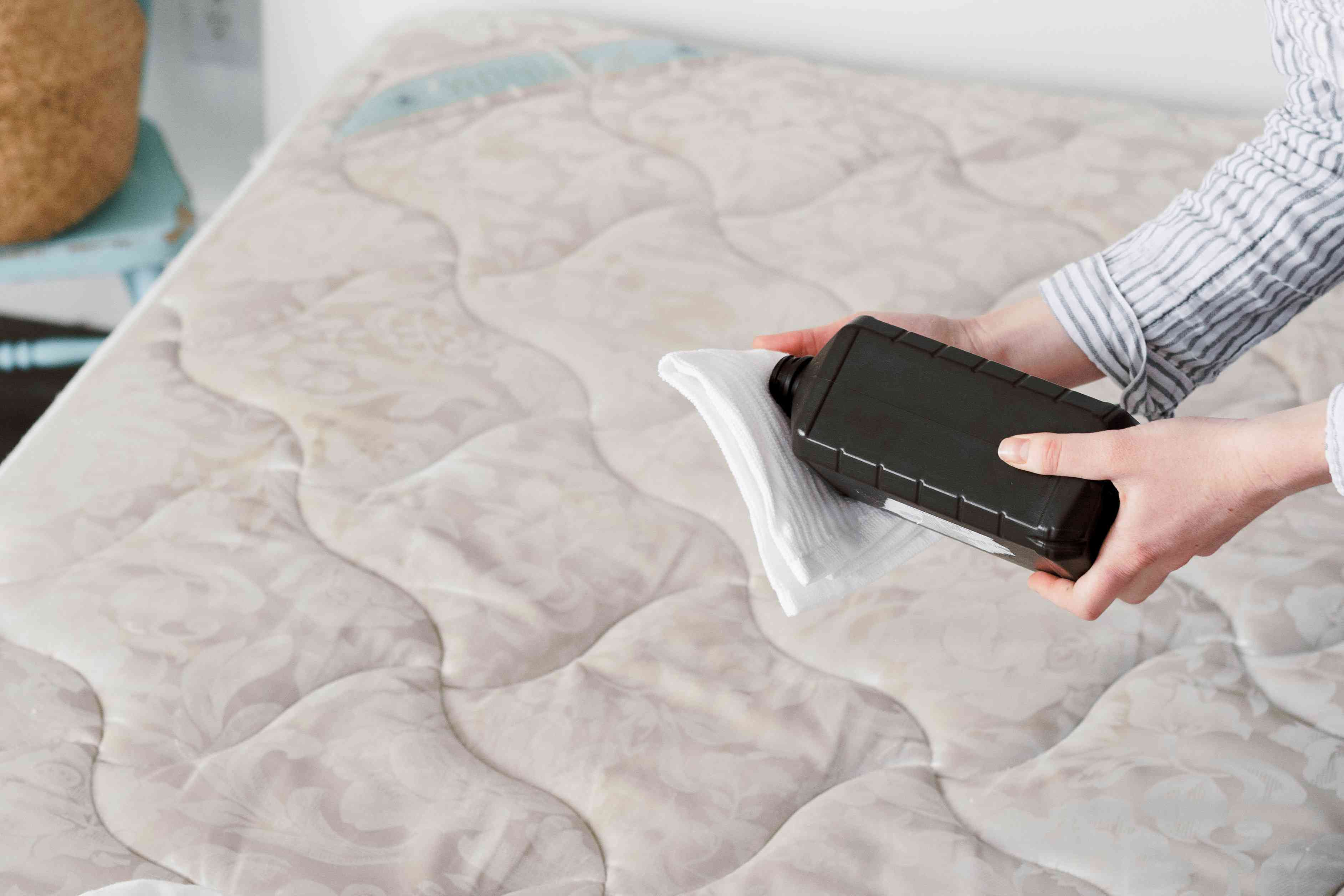
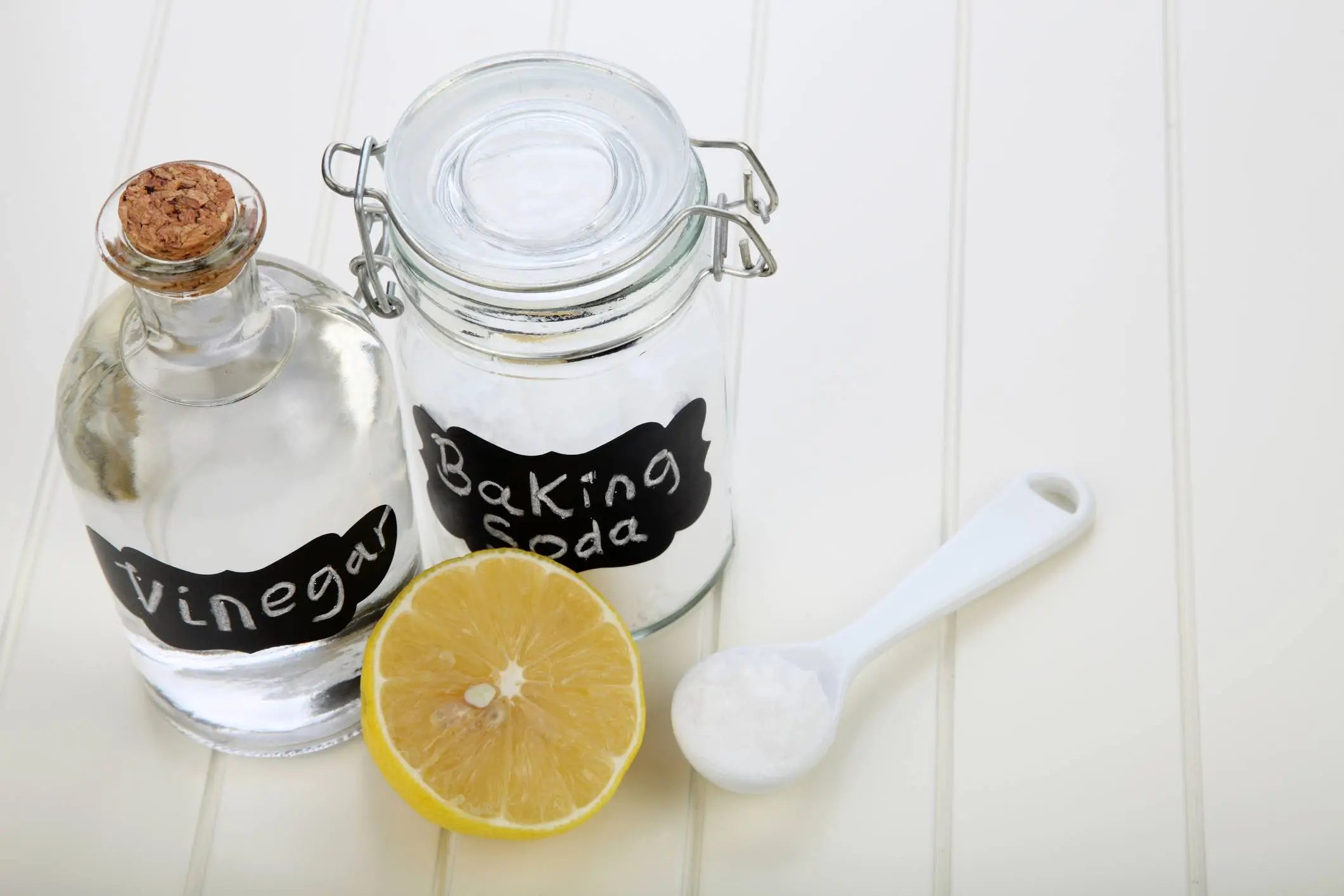
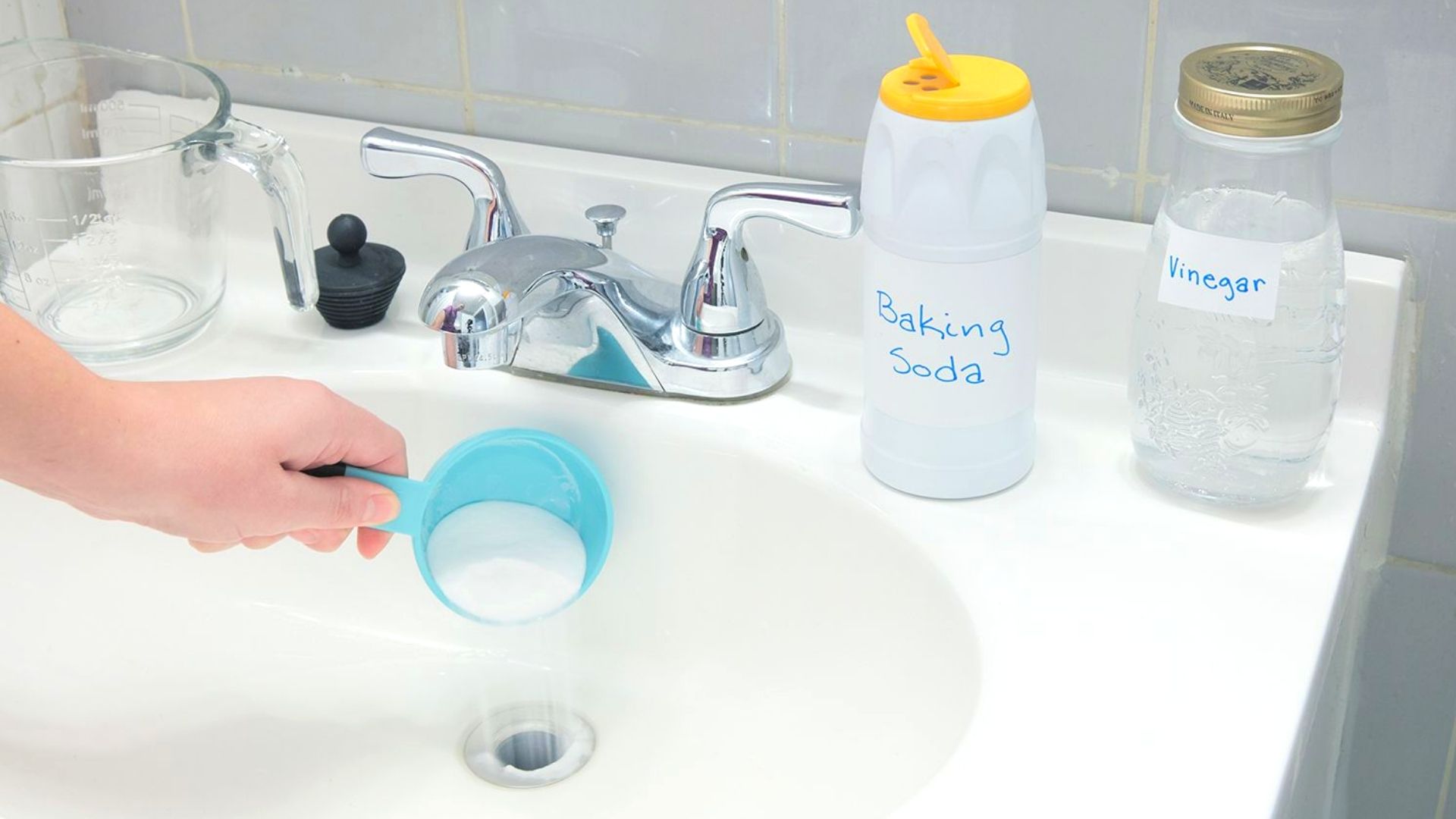
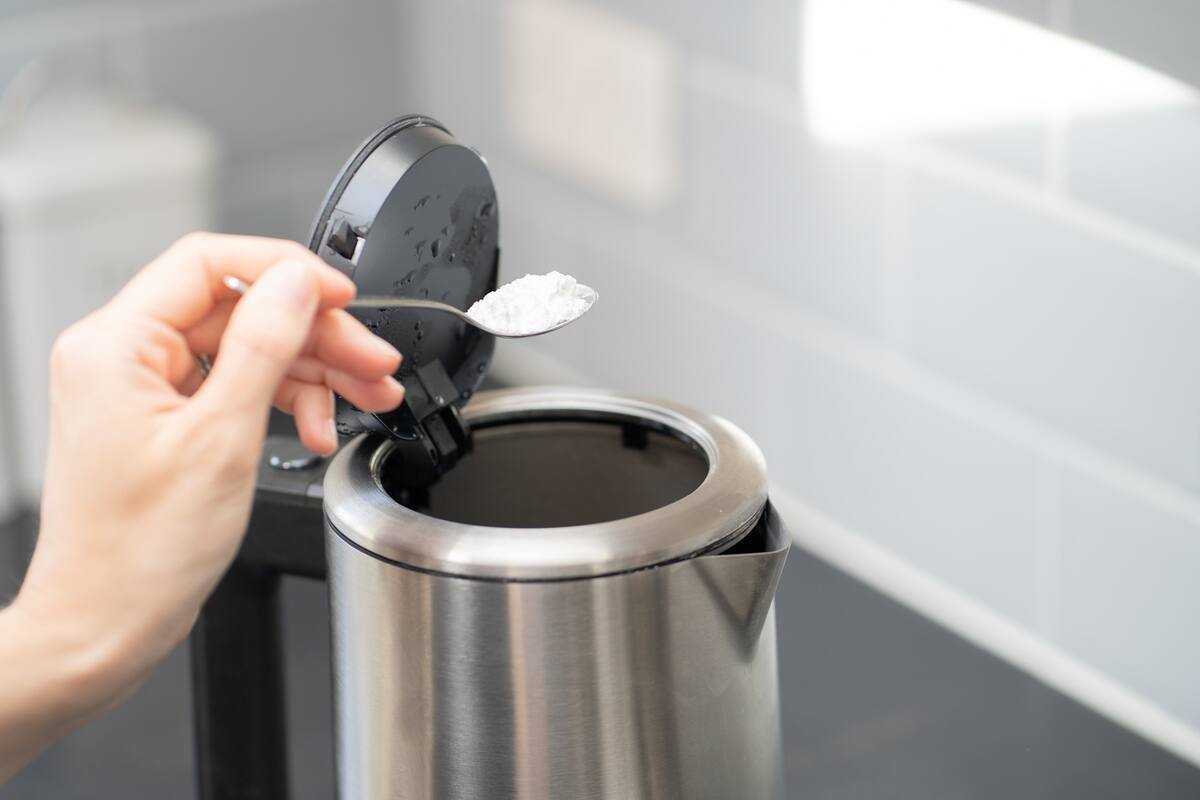
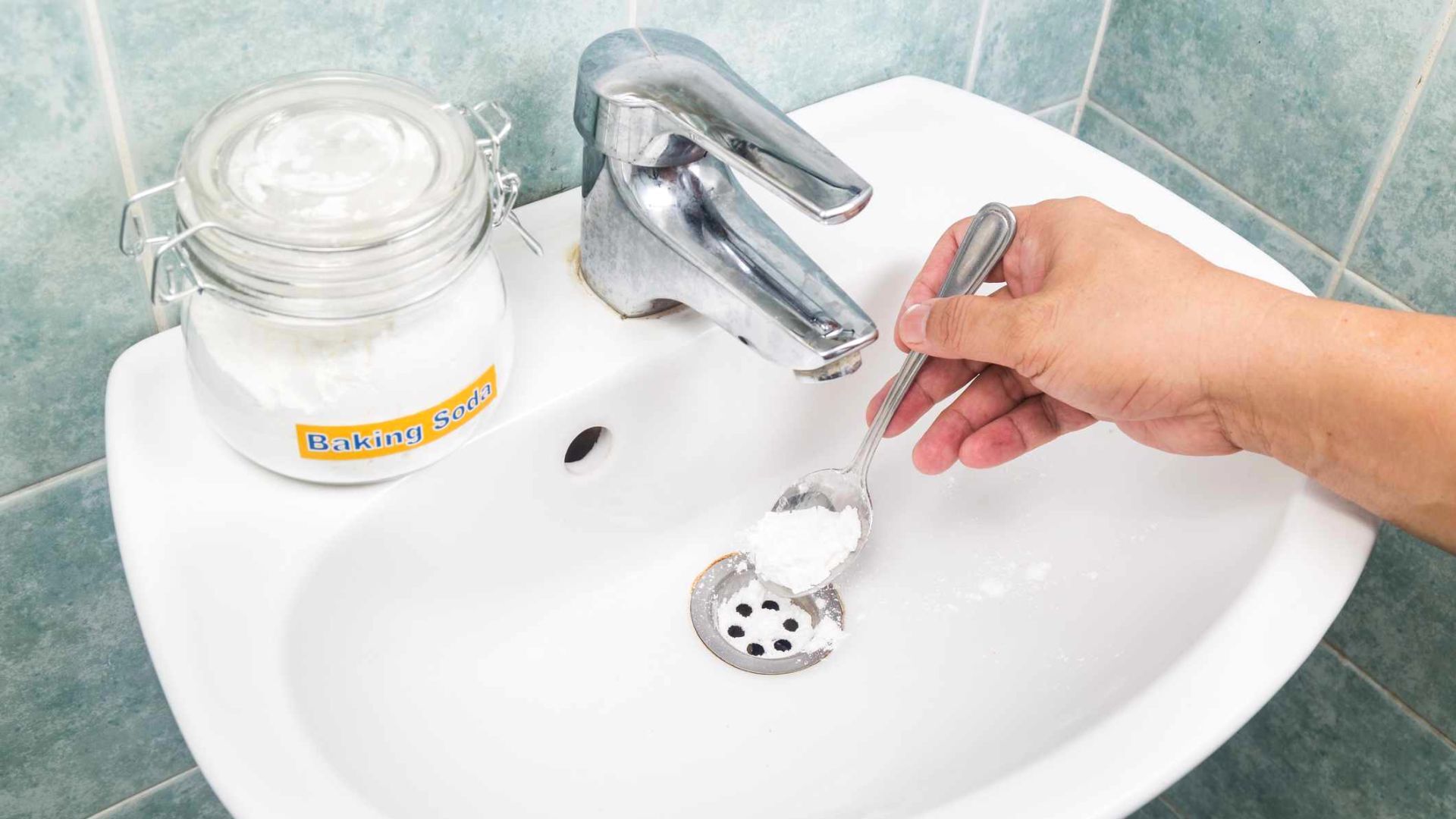
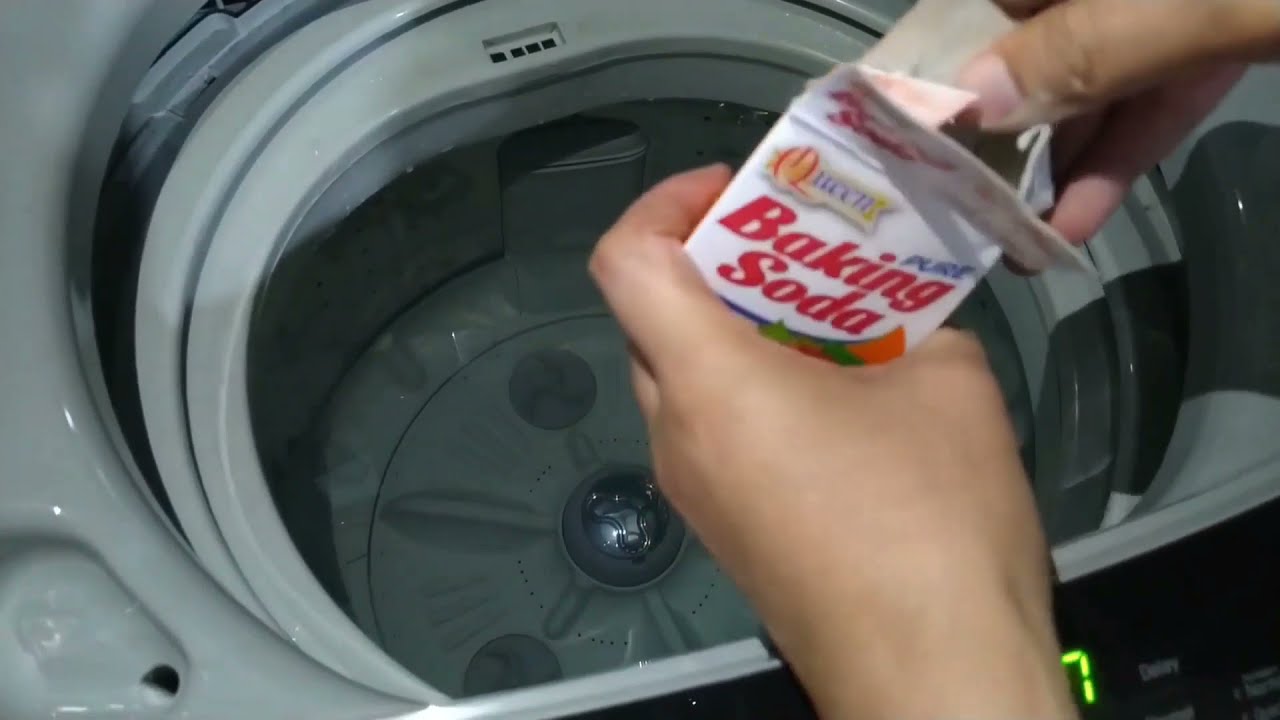
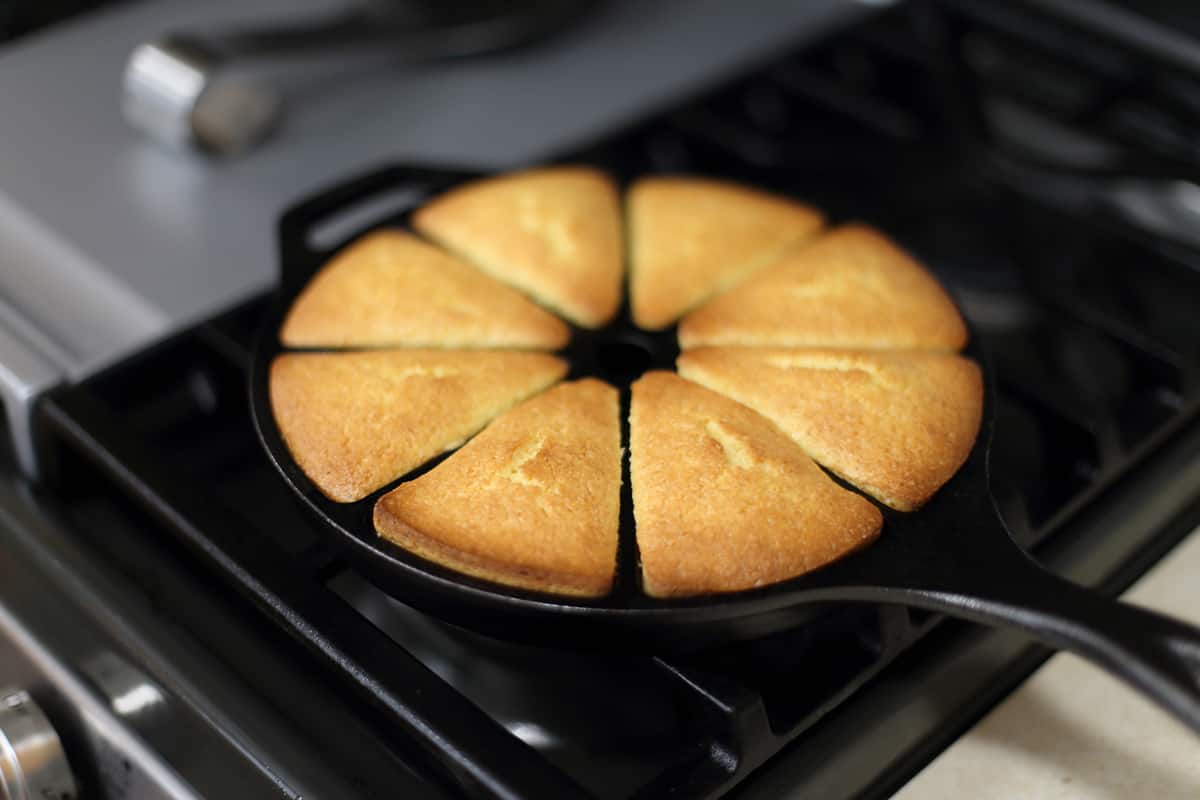
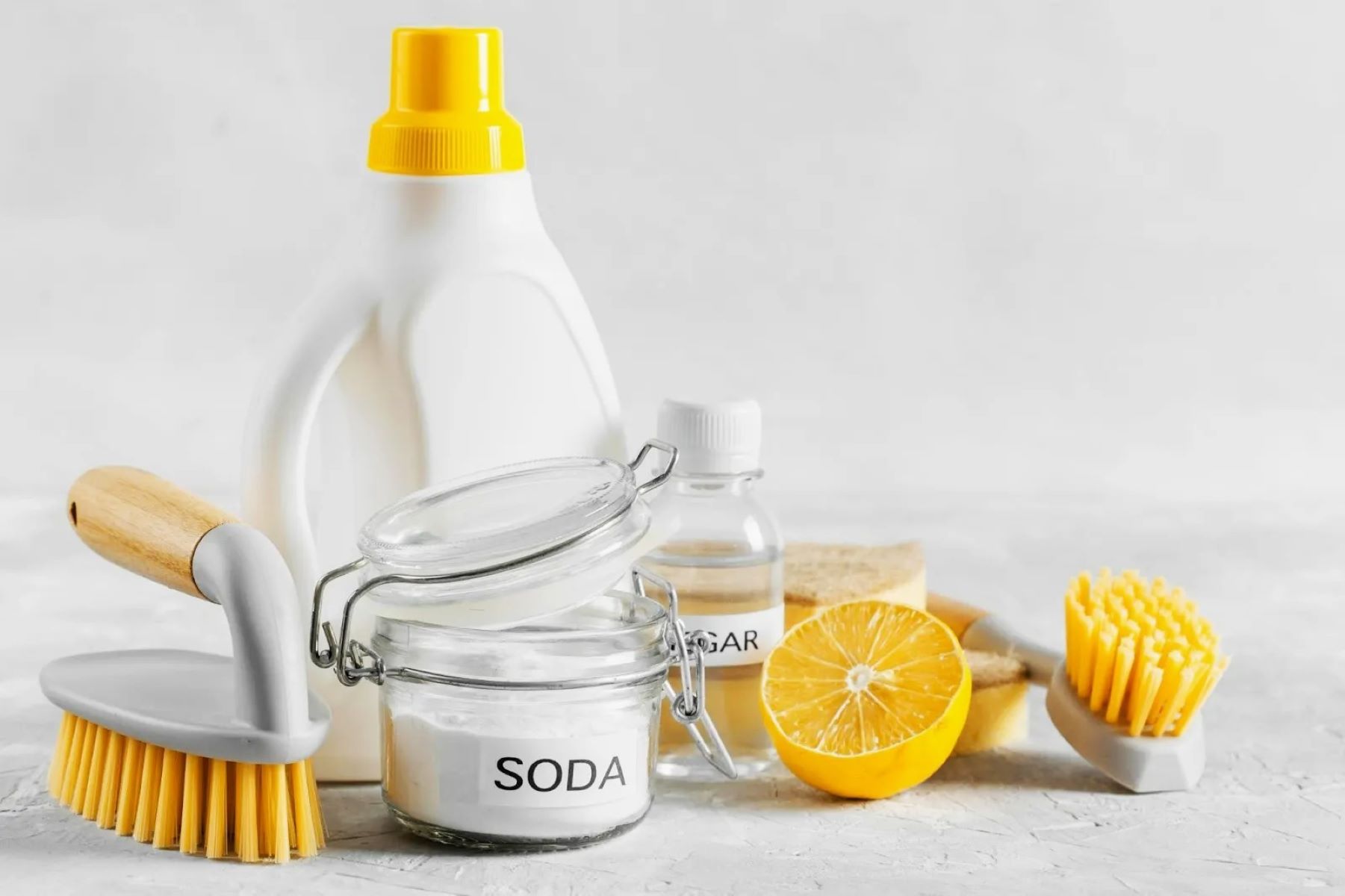
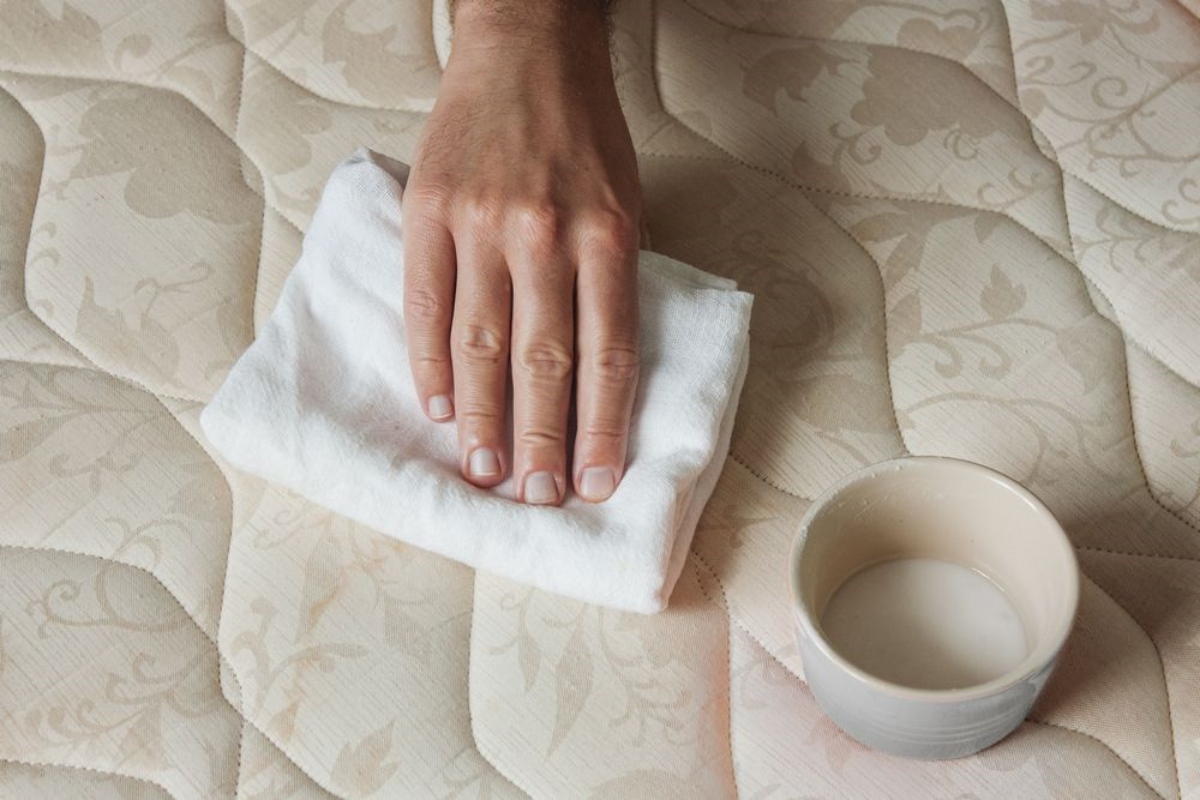
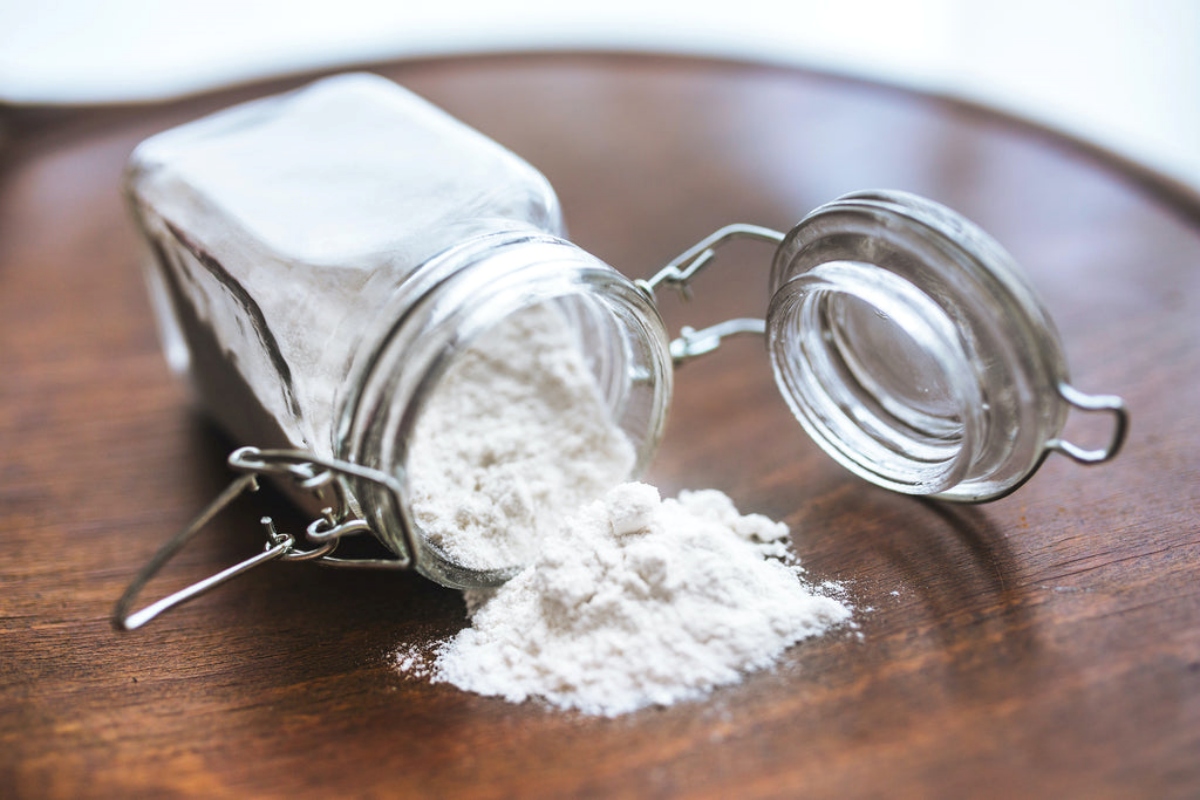

0 thoughts on “How To Clean A Glass-Top Stove With Vinegar And Baking Soda”